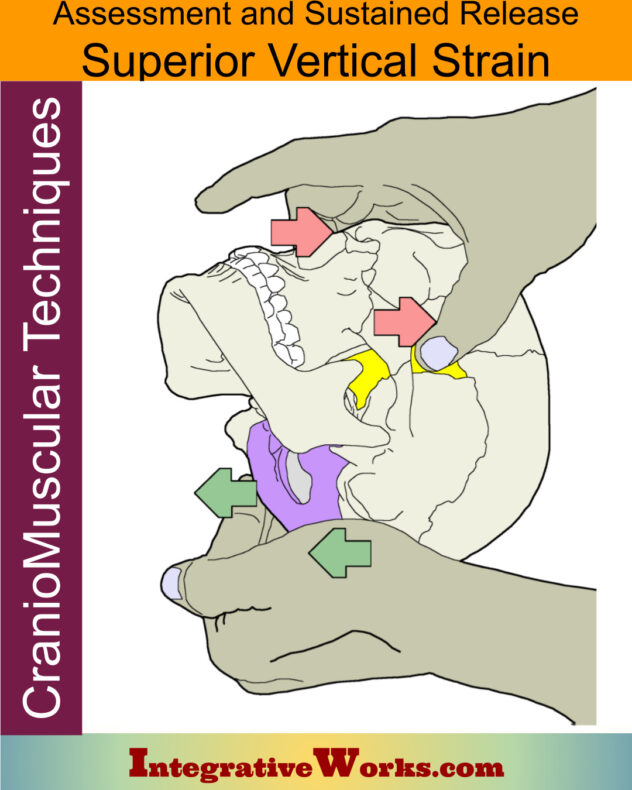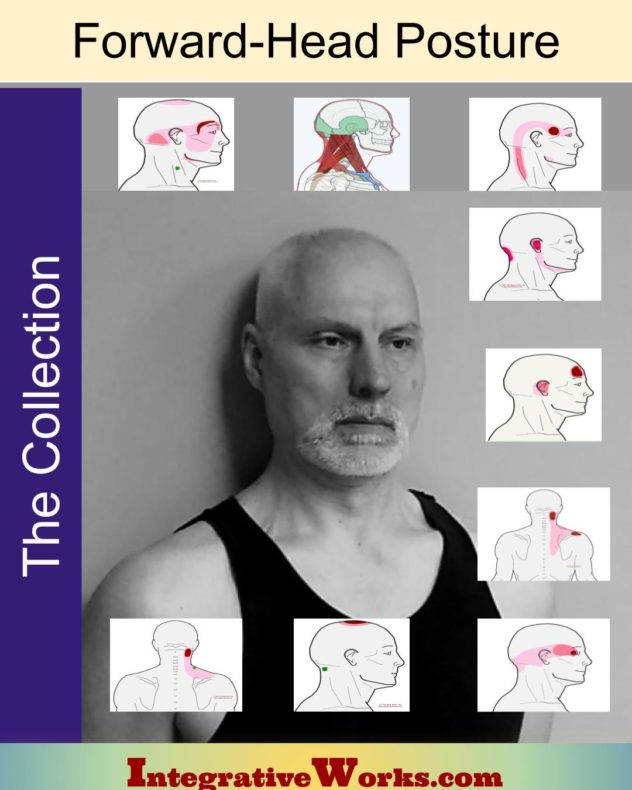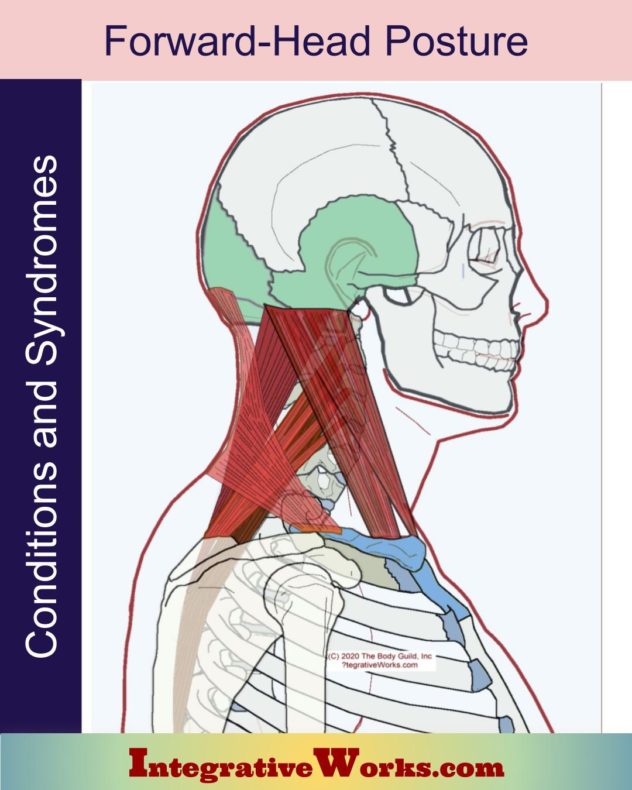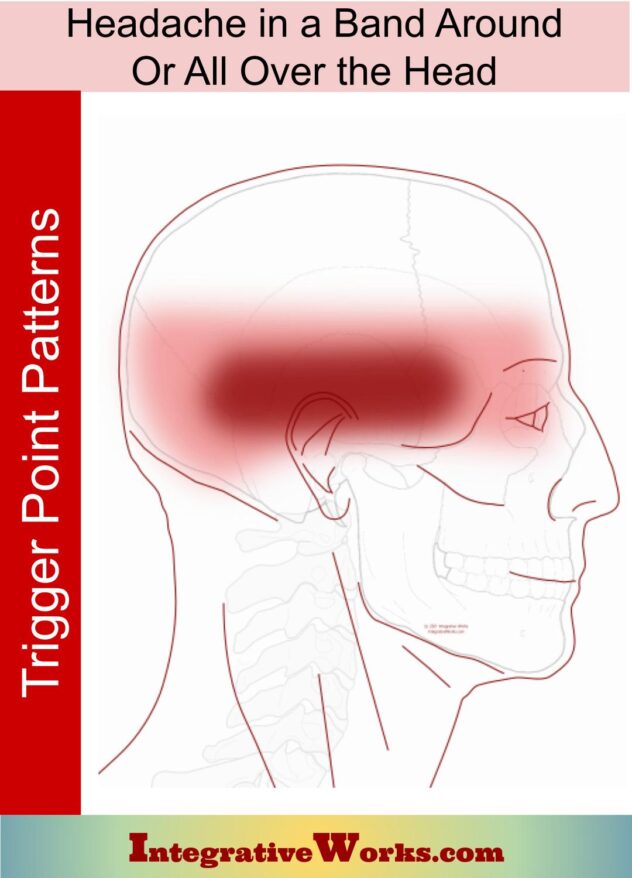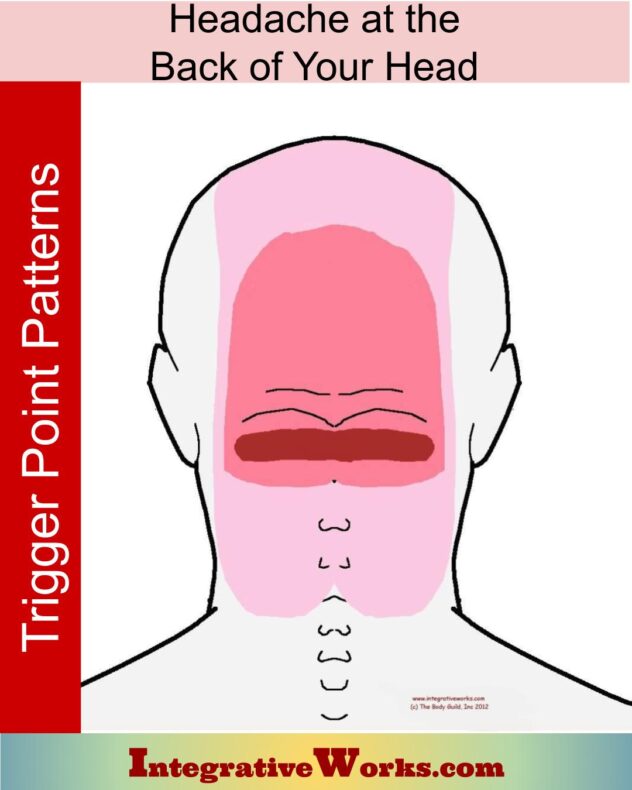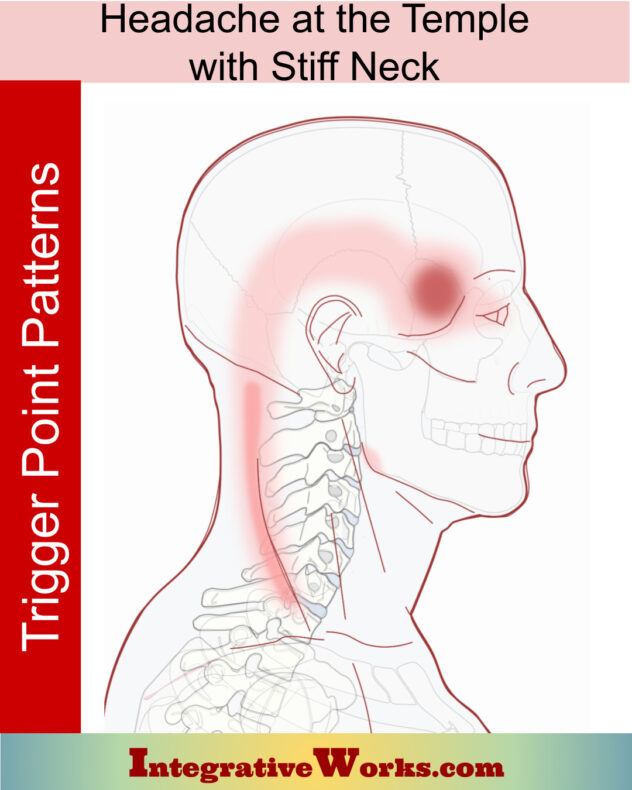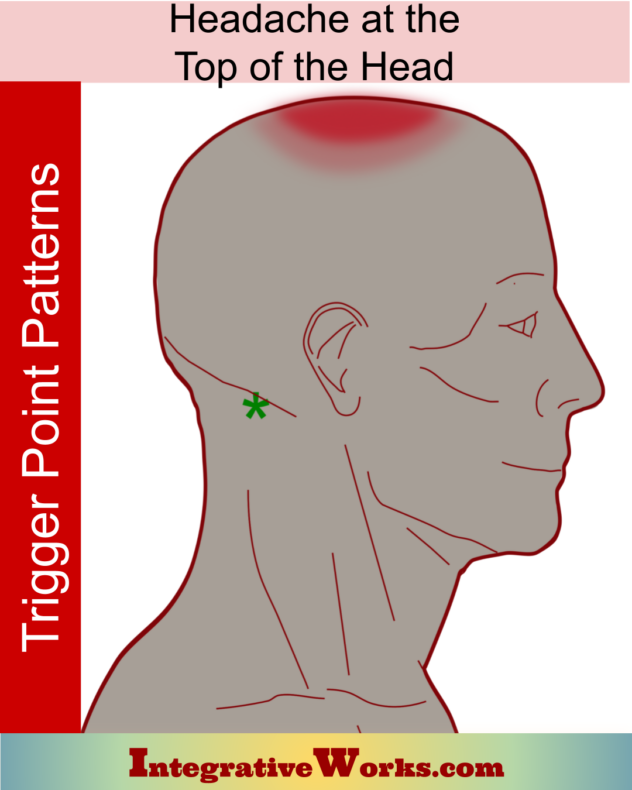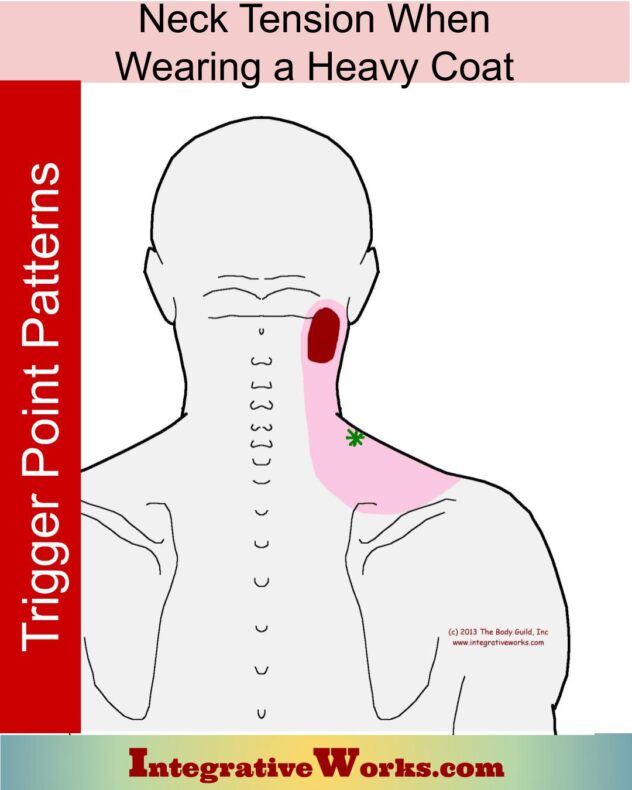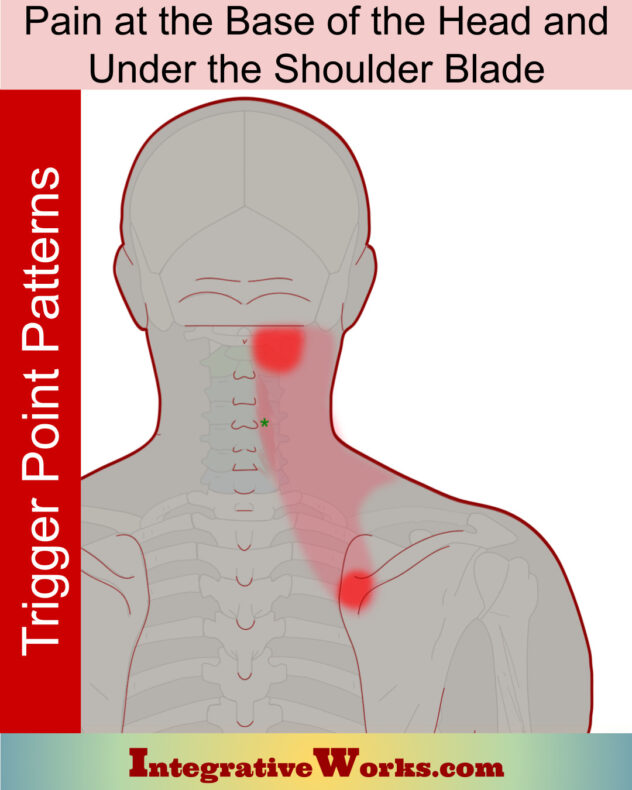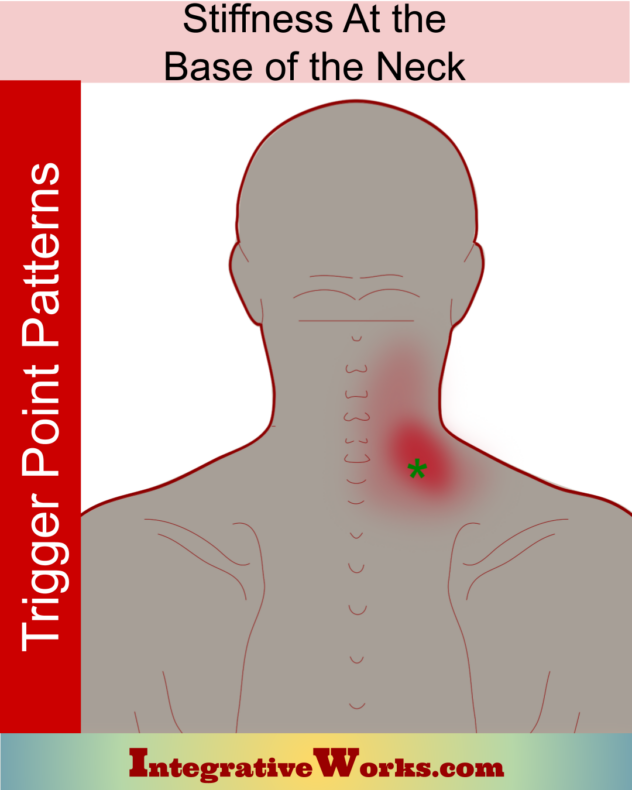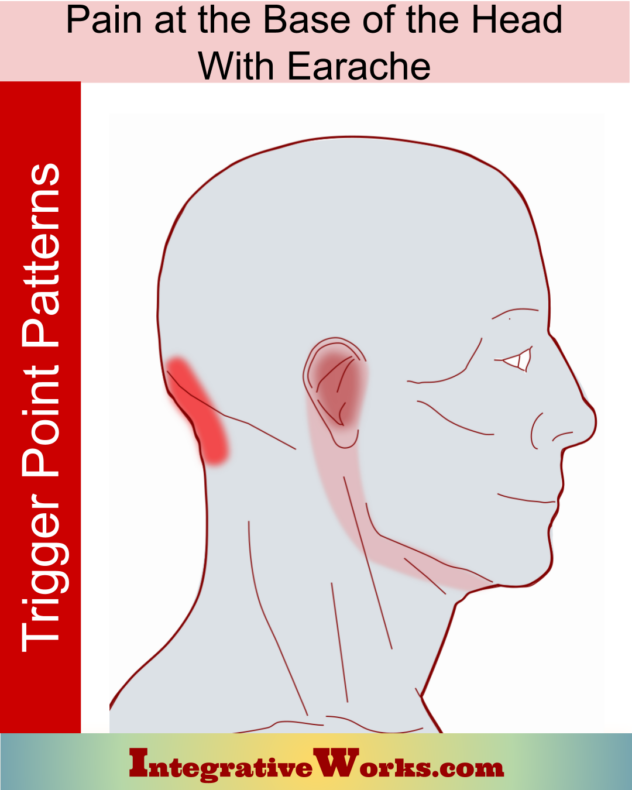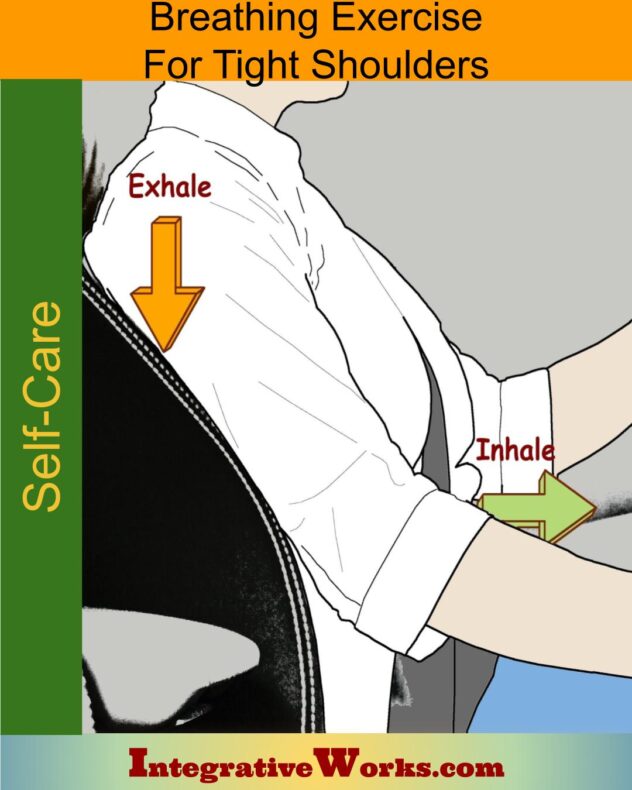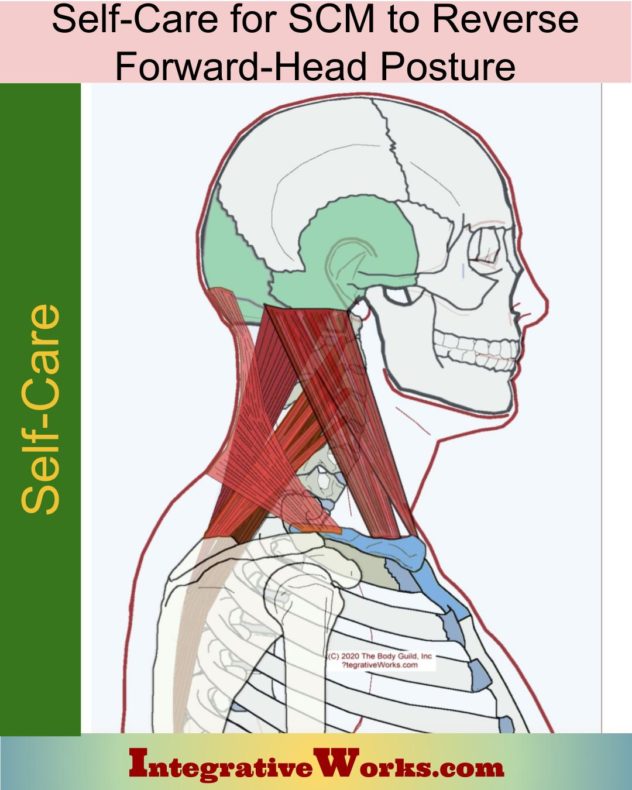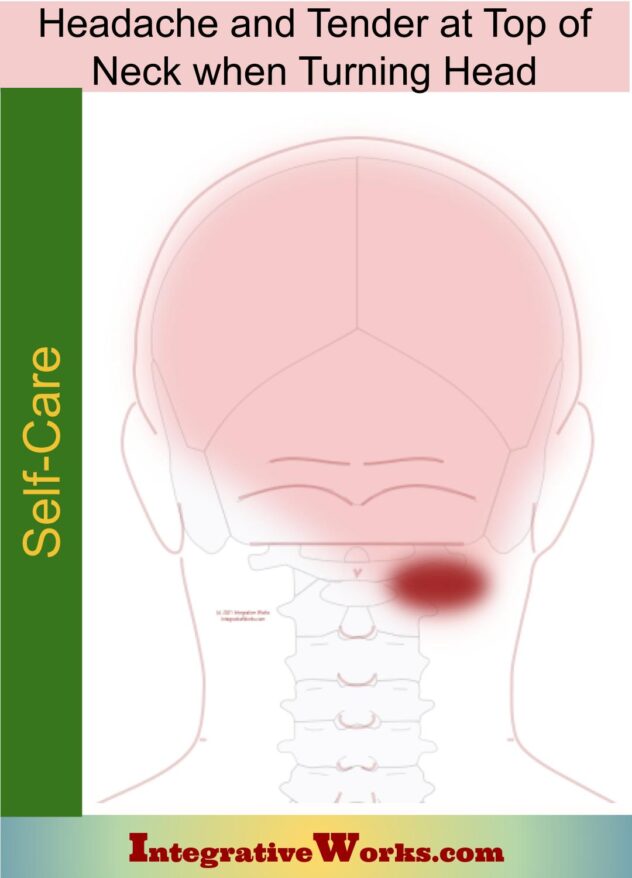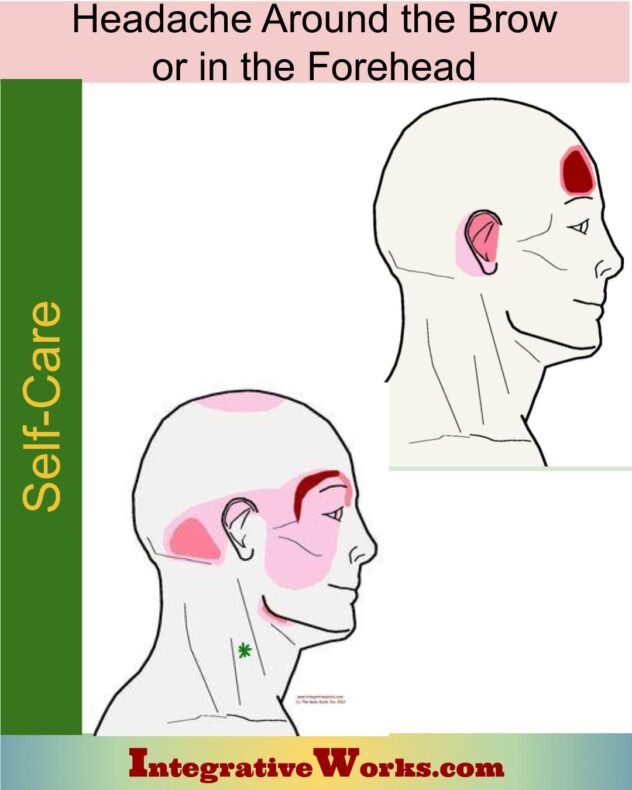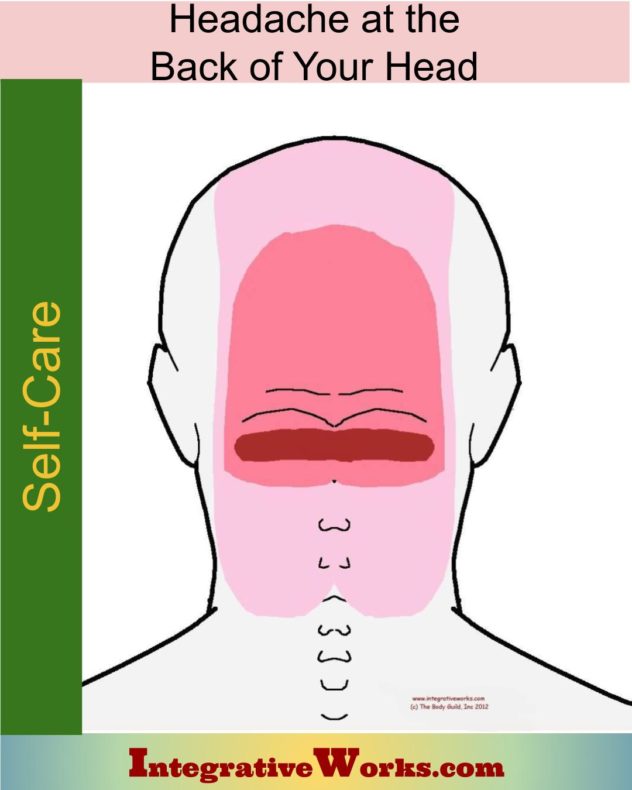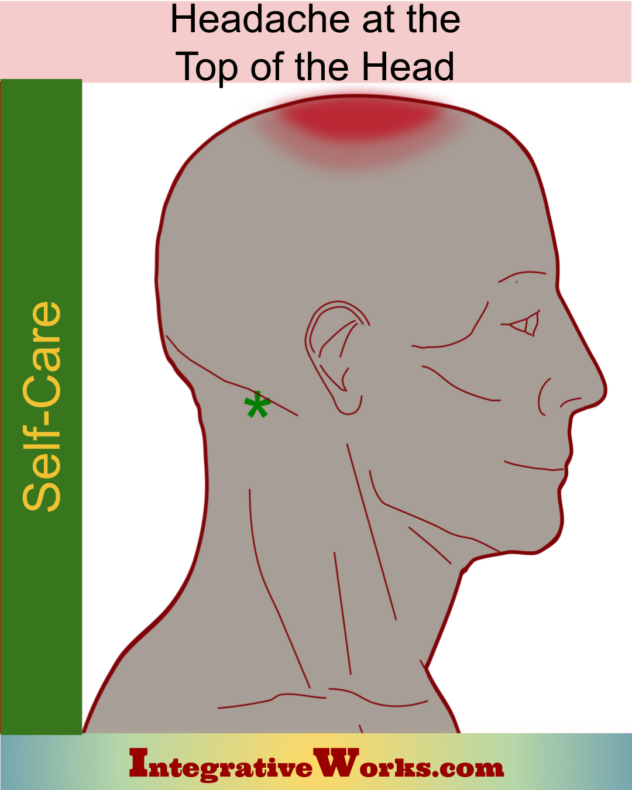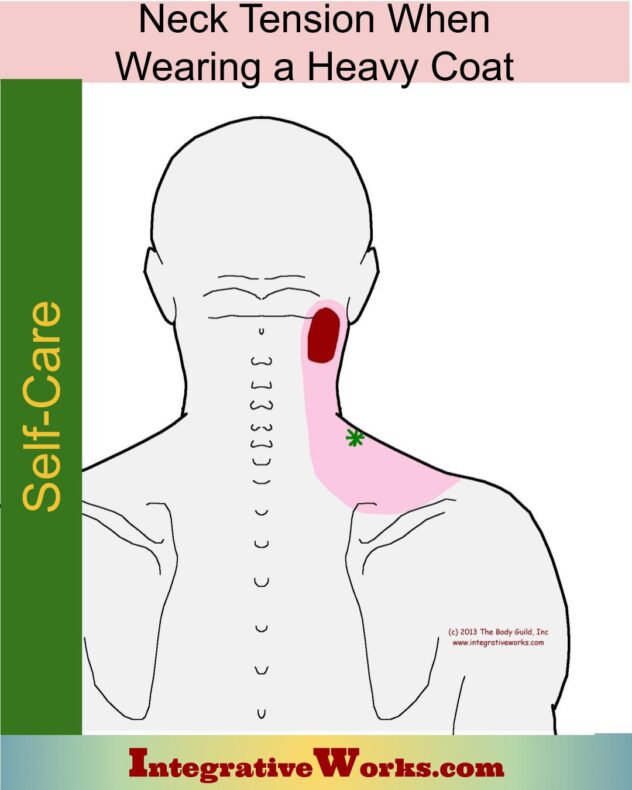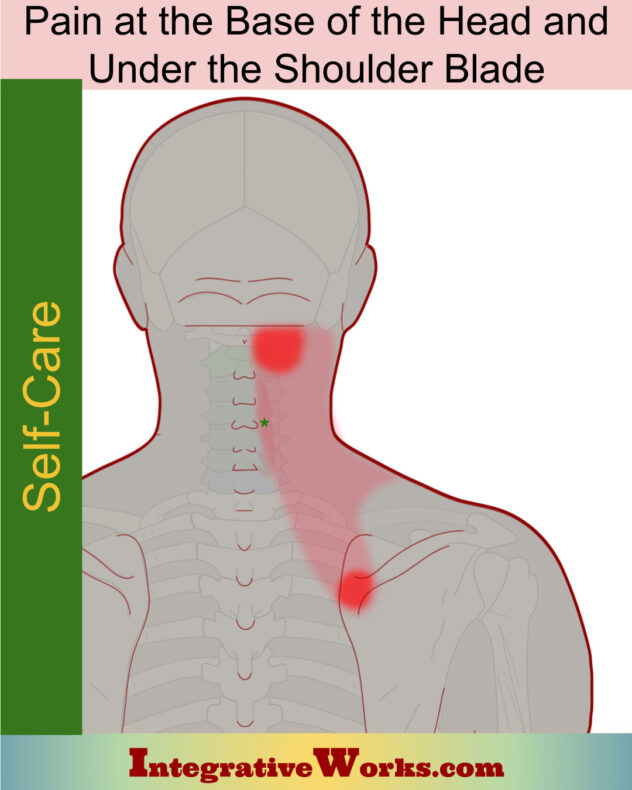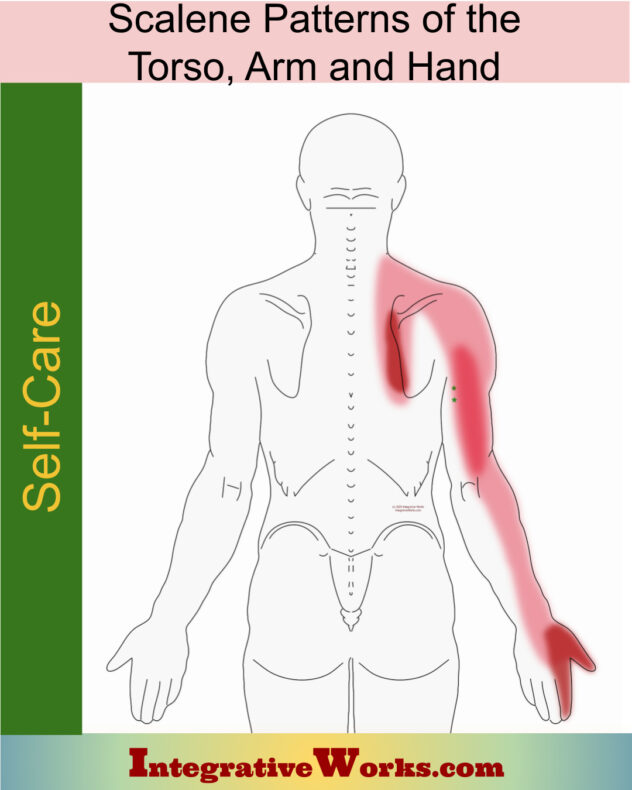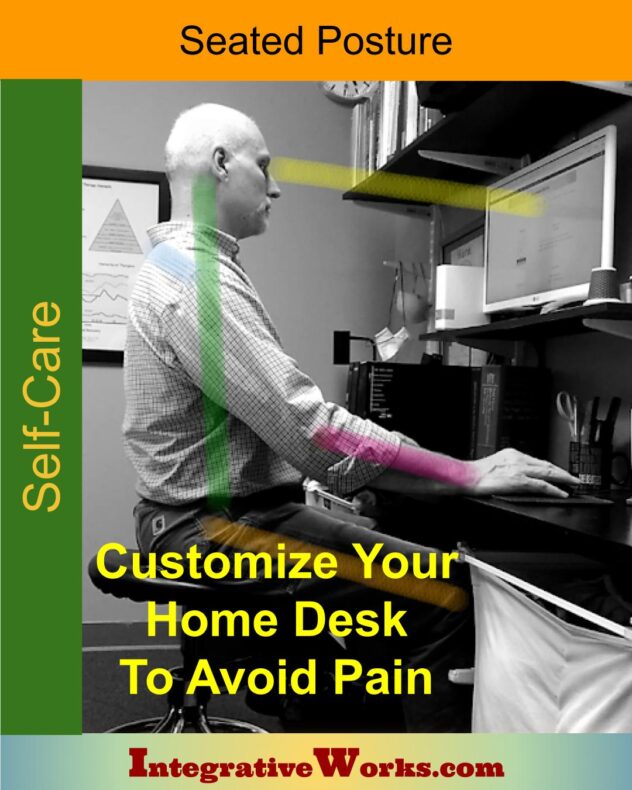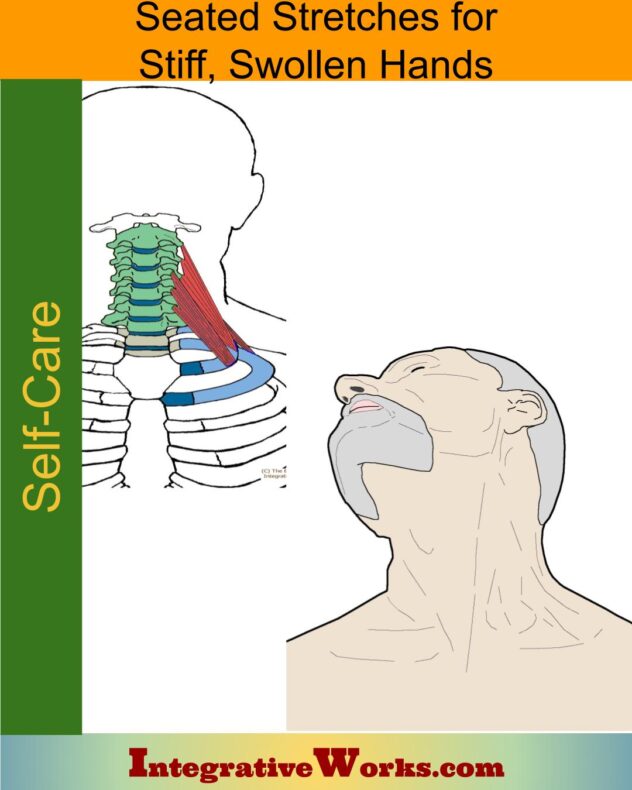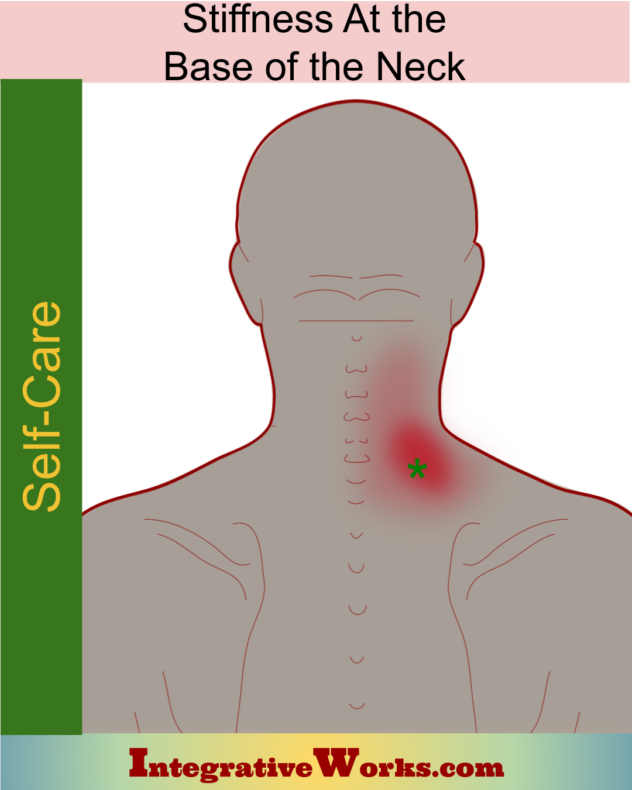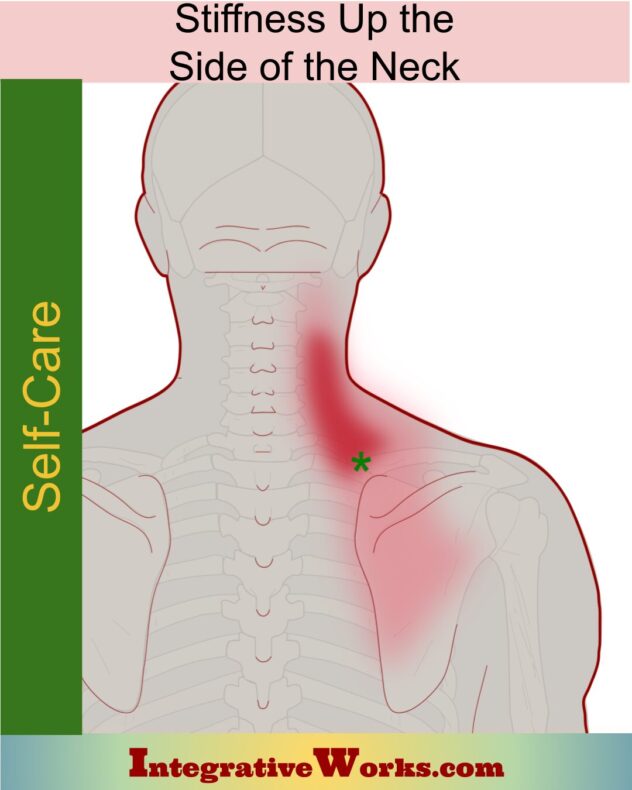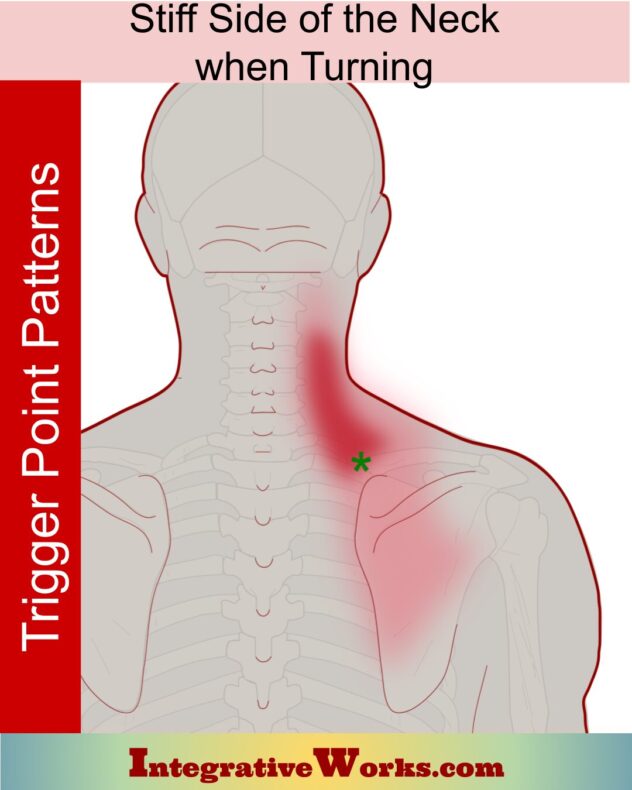Forward-Head Posture (FHP) is a syndrome. That means that it is a collection of symptoms that lead to more specific diagnoses. FHP, defined simply, is when, in your resting posture, your head stays positioned in front of your shoulders. How far in front? Many definitions say that it occurs when the external auditory meatus (ear canal) is anterior (in front of) the coronal plane (middle) of your shoulders. If you go by this definition, most of us have it and the ones who don’t look a little bit robotic.
People consistently get relief from pain when this postural problem is corrected. Many of the trigger point posts in this blog refer back to the exercises that correct FHP. It is associated with many patterns in stiff, painful necks, headaches, pain in the torso and pain down the arms.
Overview of Forward-Head Posture
This main post discusses the condition in general and has a related self-care post.
Look through the posts in the grid below to find a more specific post about your pain pattern. You will find more specific self-care for your particular pain pattern as well.
This collection has many posts in common with the collections on Stiff Neck and Thoracic Outlet Syndrome. These collections have strongly related structural problems but are not identical.
Painful from being
short and strong or
weak and overstretched?
This condition has both muscles that are short and strong as well as muscles that are weak and overstretched. Short, strong muscles are more likely to produce pain by compressing and entrapping other structures. Weak, overstretched muscles tend to have overactive trigger points that change our movement patterns by producing pain when we make quick movements. Both types of muscles tend to be part of a global effort to balance the movement of the local structures and the body as a whole. Their tension (and trigger points) are regulated by nerve receptors called proprioceptors that detect the speed of movement and position. Proprioceptors are located in joints, connective tissues, and the muscles themselves. Trigger points can be activated and deactivated by mobilizing joints. In a postural problem, like this, the structure needs to be globally changed so that it doesn’t perpetuate the joint problems that activate trigger points.
These posts include:
- Trigger point patterns and how people describe the pain
- How do you activate and intensify the pain pattern
- Self-care to show you how to get quick relief on your own
- Stretches and exercises that provide longer-lasting relief
- Brief anatomy review of the involved muscle
- Yoga poses that open this muscle
- Treatment notes for therapists
Note that we are in the process of converting these posts into a more informative and accessible format. Thank you for your patience.
CranioMuscular – Superior Vertical Strain
Forward Head Posture: Pain Patterns, Causes, Self-Care
Forward-Head Posture Overview
Headache All Over Or In A Band Around The Head
Headache at the Base of The Head
Headache At Your Temple with Stiff Neck
Headache on the Top of Your Head
Headache with Tender Top of Neck While Turning
Neck Tension When Wearing a Heavy Coat
Pain at the Base of the Head and Under Shoulder Blade
Pain at the Base of the Neck When Turning
Pain In The Base Of The Head With Earache
Pain in the upper back, index finger, and thumb
Self Care – Breathing Exercises to Reduce Shoulder Tension
Self Care – Can’t Reach Pain Under the Shoulder Blade
Self Care – Forward-Head Posture
Self Care – Headache All Over Or In A Band Around The Head
Self Care – Headache and Tender at Top of Neck when Turning Head
Self Care – Headache Around Brow or Forehead
Self Care – Headache at the Base of the Head
Self Care – Headache At Your Temple
Self Care – Headache on the Top of Your Head
Self Care – Neck tension when wearing a heavy coat
Self Care – Pain at the Base of the Head and Under Shoulder Blade
Self Care – Scalene Pain of Upper Back, Arm & Hand
Self Care – Seated Posture
Self Care – Seated Stretches for Stiff, Swollen Hands
Self Care – Stiffness at the base of the neck
Self Care – Stiffness up the side of the neck
Stiff Side of Neck When Turning
Stiff, Swollen Hands in the Morning
Support Integrative Works to
stay independent
and produce great content.
You can subscribe to our community on Patreon. You will get links to free content and access to exclusive content not seen on this site. In addition, we will be posting anatomy illustrations, treatment notes, and sections from our manuals not found on this site. Thank you so much for being so supportive.
Cranio Cradle Cup
This mug has classic, colorful illustrations of the craniosacral system and vault hold #3. It makes a great gift and conversation piece.
Tony Preston has a practice in Atlanta, Georgia, where he sees clients. He has written materials and instructed classes since the mid-90s. This includes anatomy, trigger points, cranial, and neuromuscular.
Question? Comment? Typo?
integrativeworks@gmail.com
Follow us on Instagram

*This site is undergoing significant changes. We are reformatting and expanding the posts to make them easier to read. The result will also be more accessible and include more patterns with better self-care. Meanwhile, there may be formatting, content presentation, and readability inconsistencies. Until we get older posts updated, please excuse our mess.



